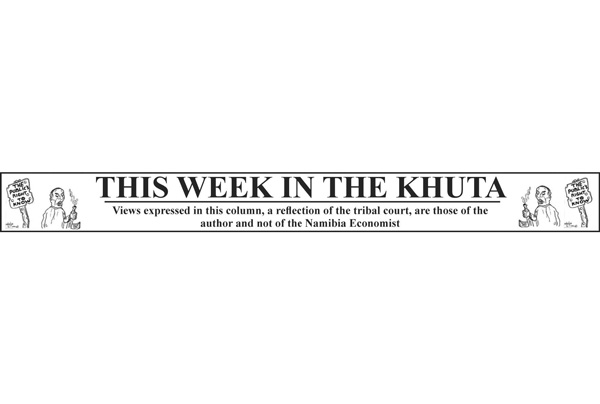
Justifying the case for rural conservancies


By Ogone Tlhage
[email protected]
I recently had the chance to travel to the far north of the country, with the pilot setting his bearings for the Mpacha Aerodrome in the Zambezi Region. The purpose of the trip was to gain familiarity of the various conservancies in the region and as always, journalists are always whisked along to these destinations. Thank you to our hosts, they wined and dined the group of journalist in proper style.
Upon arrival at the aerodrome and when disembarking from the Embraer, I was slapped in the face by humidity unlike I had ever experienced and which for the better part made my stay in the Zambezi quite unpleasant. The locals told me this was largely owing to my unfamiliarity with typical Caprivi weather.
Within half an hour a Toyota Quantam arrived and we made our way to Ngoma, the border post with Botswana on the Chobe River. Our intent was to interact with the local communities bordering the Chobe River and the national park, to get from them, what it was like living in very close proximity to wild animals and how these communities had to contend with poaching, human wildlife conflict, loss of habitat brought on by an increased human presence, hunting concessions and the overall need and challenge to make these conservancies state their business case in the eyes of the donors. Many of the conservancies are funded by NGOs and there is stiff competition between the conservancies for this source of funding. The visit also provided an opportunity to observe the notorious Botswana Defence Force which I witnessed patrolling the Chobe National Park from the banks of the river.
Upon arrival in Ngoma, a number of sheebens lined the entrance to the offices of the Salambala Conservancy, the first of five conservancies we travelled to and which were all involved in some form of eco-tourism. Once we entered we were greeted by no less then 50 conservancy members and in typical Silozi style each meeting started with prayer. Each of these conservancies I would find to my joy, sought to enhance the socio-economic welfare of all its members in various ways, with the one conservancy area even going as far as paying for three sets of transformers just to be able to get power from the national grid.
Excited and eager to engage the conservancy members, I was enthralled by their hopes, the challenges they face daily and their successes. It was encouraging to see so many poachers turn game rangers passionately protect the wild animals in their conservancies, this while sometimes unknowingly stepping into Botswana. With local NGO NACSO acting as facilitator during the meeting, everyone from administrators and game rangers spoke openly and passionately about the conservancy, something that would repeat itself for the remainder of the trip.
What left an impression on me was that conservancy members with the assistance of NACSO produced fact charts with detailed information on the animal populations and poaching encounters. Their documentation also includes financial statements which point to the obvious fact that these conservancies are raking in good money.
Salambela Conservancy reported revenues of close to a million. This from conservancies that are run by semi-trained rural folks. Another positive financial contribution comes from the work of a group of Hoodia (Devil’s Claw) harvesters were able to earn in excess of N$500k. 60% of these people are women.
Such initiatives ought to be applauded as it shows just how fruitful public-private-partnerships can be. It would be nice though to see many such initiatives spring up in various other spots around the country, all building on our incredible diversity. The possibilities are unimaginable!











































